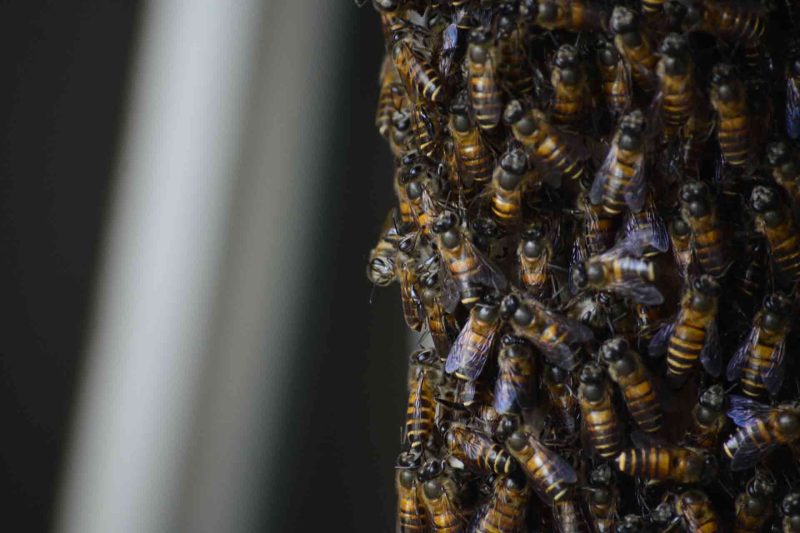Community Case Study: Emergency Response Protocols for Bee Removal
Bee infestations, while essential to ecosystem health, can pose risks to public safety when they occur in close proximity to human populations. Developing emergency response protocols for bee removal ensures swift and effective management of bee-related incidents while minimizing risks to both humans and bees. This community case study explores the implementation of emergency response protocols for bee removal, emphasizing collaboration, safety measures, and environmental considerations.
Background:
Bees play a vital role in pollination and ecosystem functioning, but their presence near residential areas or public spaces can lead to human-wildlife conflicts. Emergency response protocols for bee removal are designed to address situations where bees pose immediate risks to public safety, such as aggressive swarming behavior, allergic reactions, or structural damage.
Emergency Response Protocols:

- Risk Assessment:
Emergency responders conduct a rapid risk assessment upon receiving reports of bee-related incidents. This assessment evaluates the severity of the situation, the proximity of bees to human populations, the presence of individuals with bee allergies, and any structural damage caused by bee infestations.
- Safety Precautions:
Safety precautions are paramount during bee removal operations to protect both responders and the public. Emergency responders wear protective clothing, including bee suits and veils, to prevent bee stings. Additionally, barriers and warning signs may be deployed to cordon off affected areas and alert passersby to the presence of bees.
- Collaboration with Beekeepers:
Collaboration with local beekeepers is essential for safe and humane bee removal. Beekeepers may assist with relocating bee colonies to suitable habitats away from human populations, mitigating the need for lethal control measures. Their expertise in bee behavior and handling techniques enhances the effectiveness of bee removal operations.
Conclusion:
Emergency response protocols for bee removal are essential for addressing bee-related incidents while ensuring public safety and environmental conservation. By implementing risk assessments, safety precautions, collaboration with beekeepers, and public outreach efforts, communities can effectively manage bee-related emergencies and promote coexistence with pollinators. Through proactive measures and stakeholder engagement, emergency responders and beekeepers work together to protect both humans and bees, fostering a harmonious relationship between people and pollinators.




